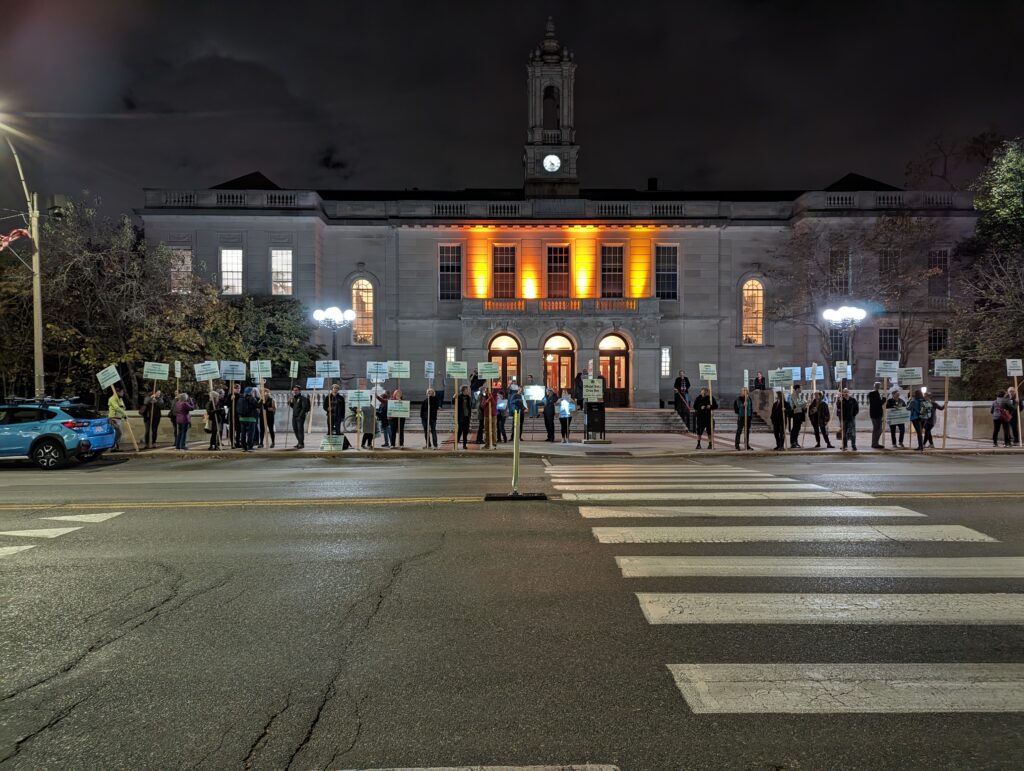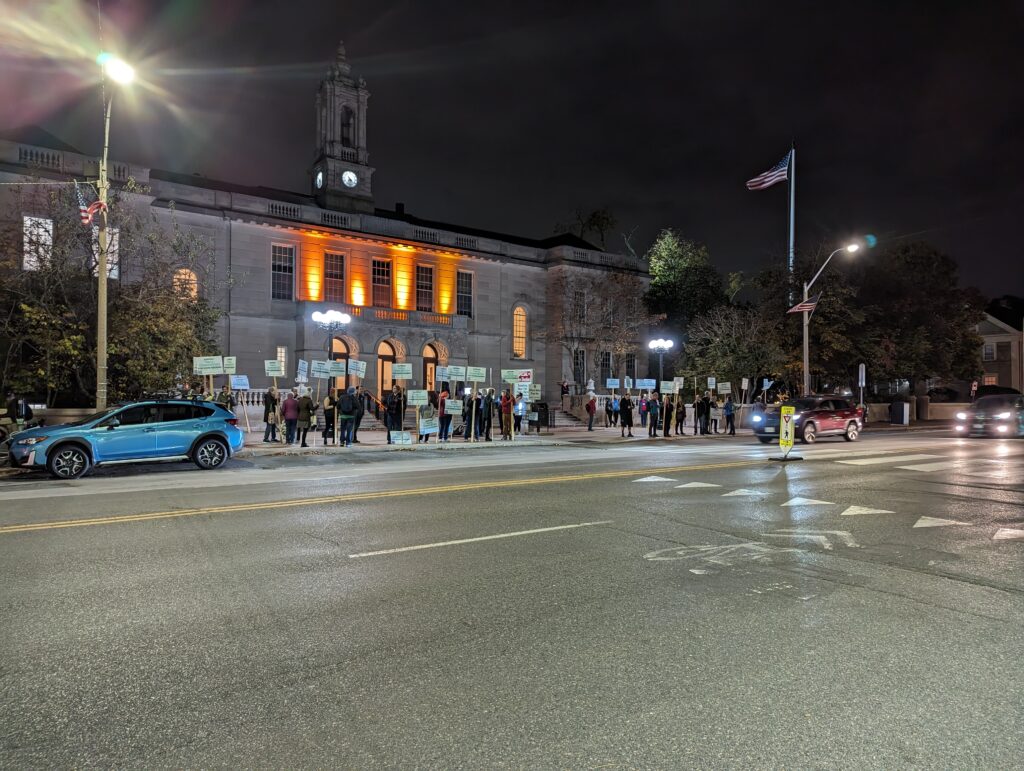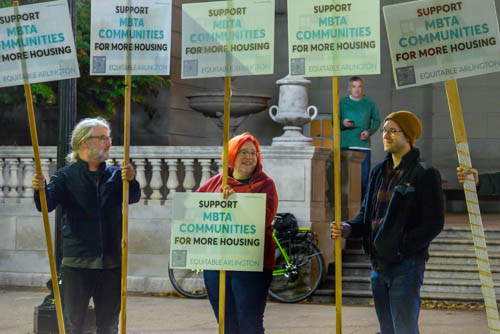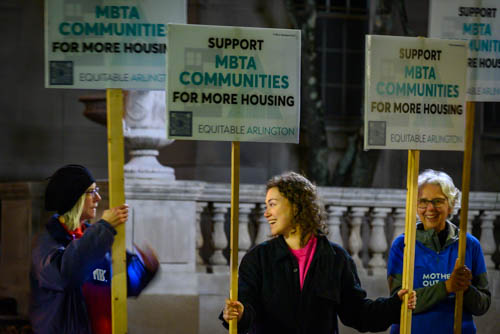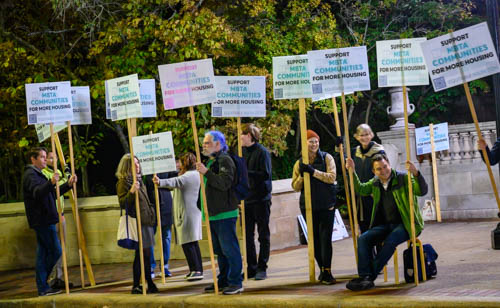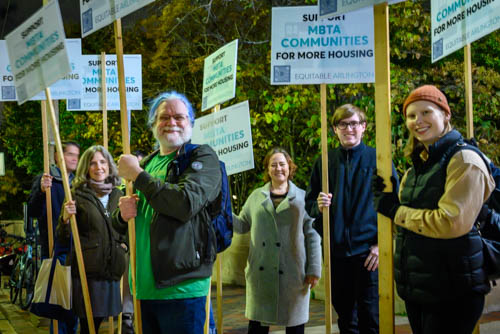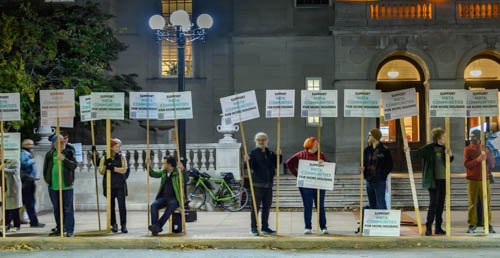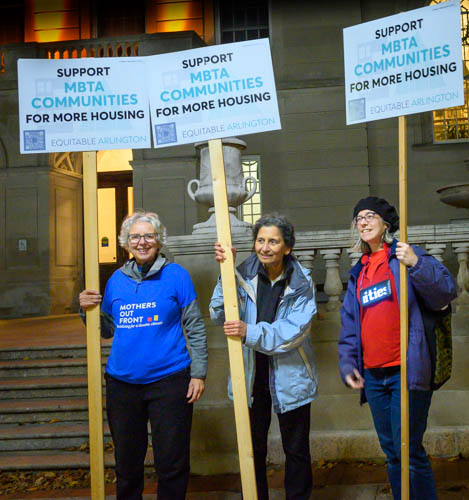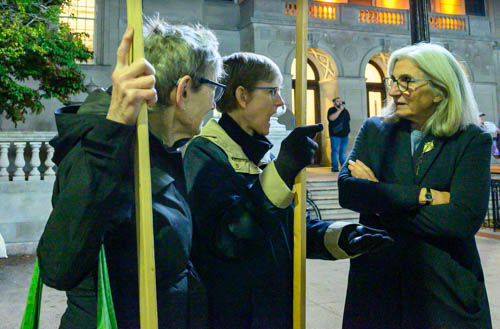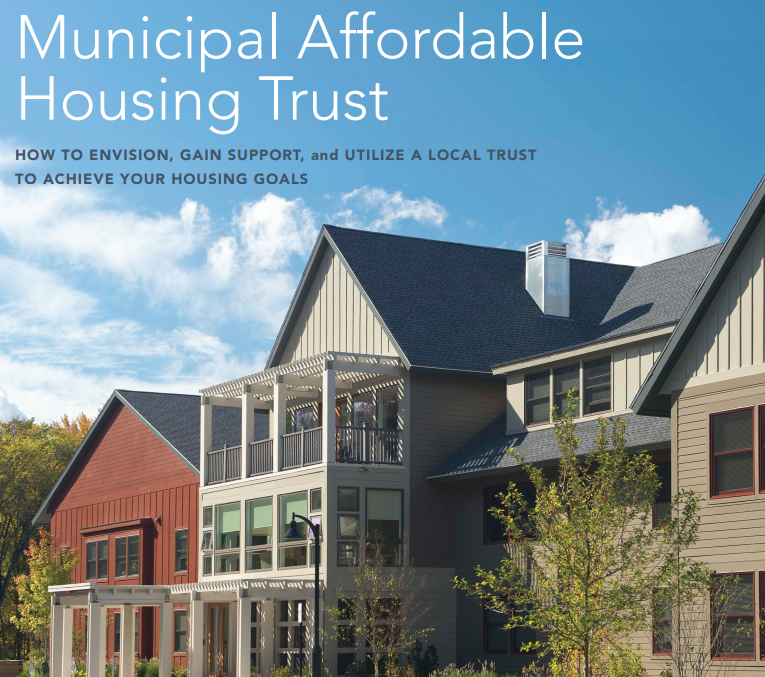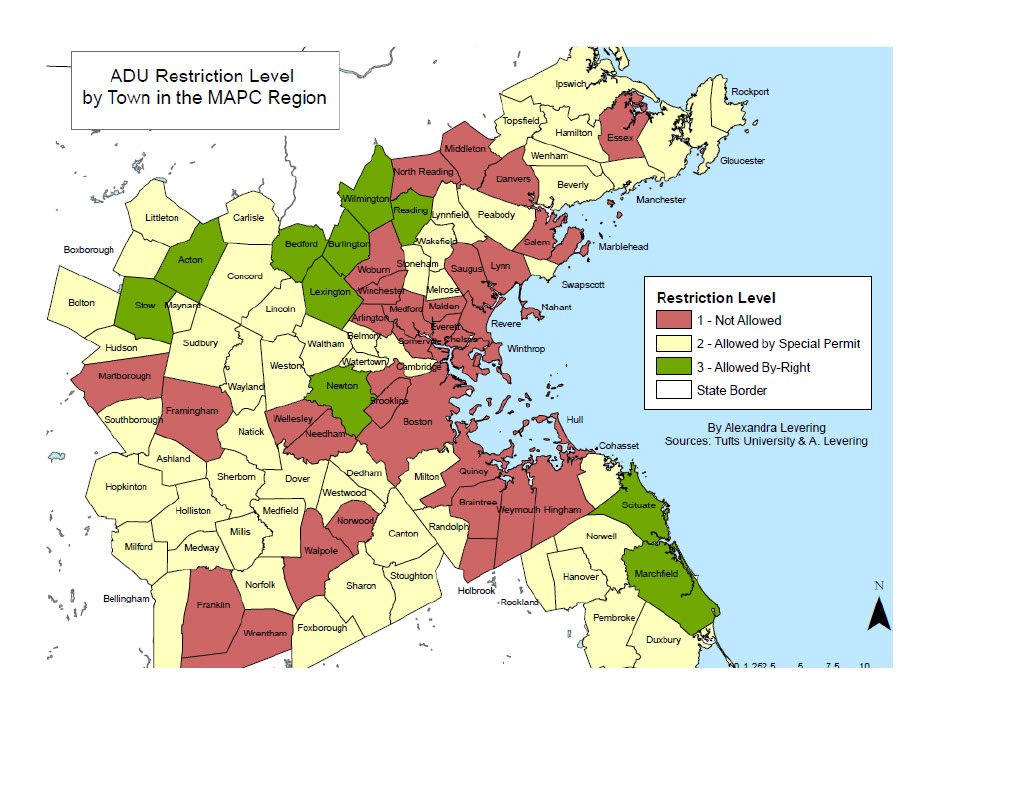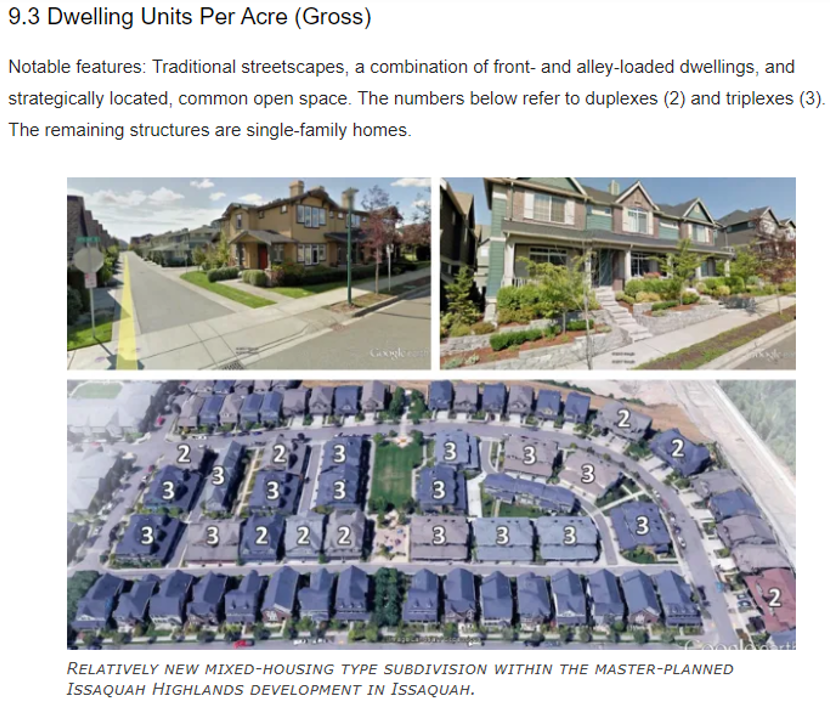by Amy Dain, for Pioneer Institute of Public Policy Research and Smart Growth Alliance, July 2018 (This study updates a 2004-06 study on ADUs by the Pioneer Institute.)
Even in the midst of a housing crisis, zoning laws prohibit most homeowners in cities and towns around Boston from adding accessory dwelling units (ADUs) to their single family houses. An ADU is an apartment within or behind an own- er-occupied single family house that appears from the street to be a single-family as opposed to a two-family house.
Homeowner-voters can be reassured that new rental hous- ing that could be added as ADUs would be highly dispersed and barely visible. The houses are owner-occupied; the land- lord lives next to the ADU renters, so the risk of property-ne- glect or loud parties is minimal. The houses also have to look like single family houses. Since household sizes are shrinking, new residents in ADUs might maintain current neighborhood population densities, but are unlikely to increase them.
Moreover, ADUs are permitted at such low levels now — only 2.5 permits annually per municipality where they are allowed — that permitting levels could increase substantially without being at all noticeable in neighborhoods. If the region were to average five permits per municipality per year across 100 municipalities, over a decade, ADUs could provide 5,000 apartments, dispersed among 538,000 single family houses. Less than one in 100 houses would have an ADU, yet the new rentals would house thousands of people.
Click HERE for the full report.

